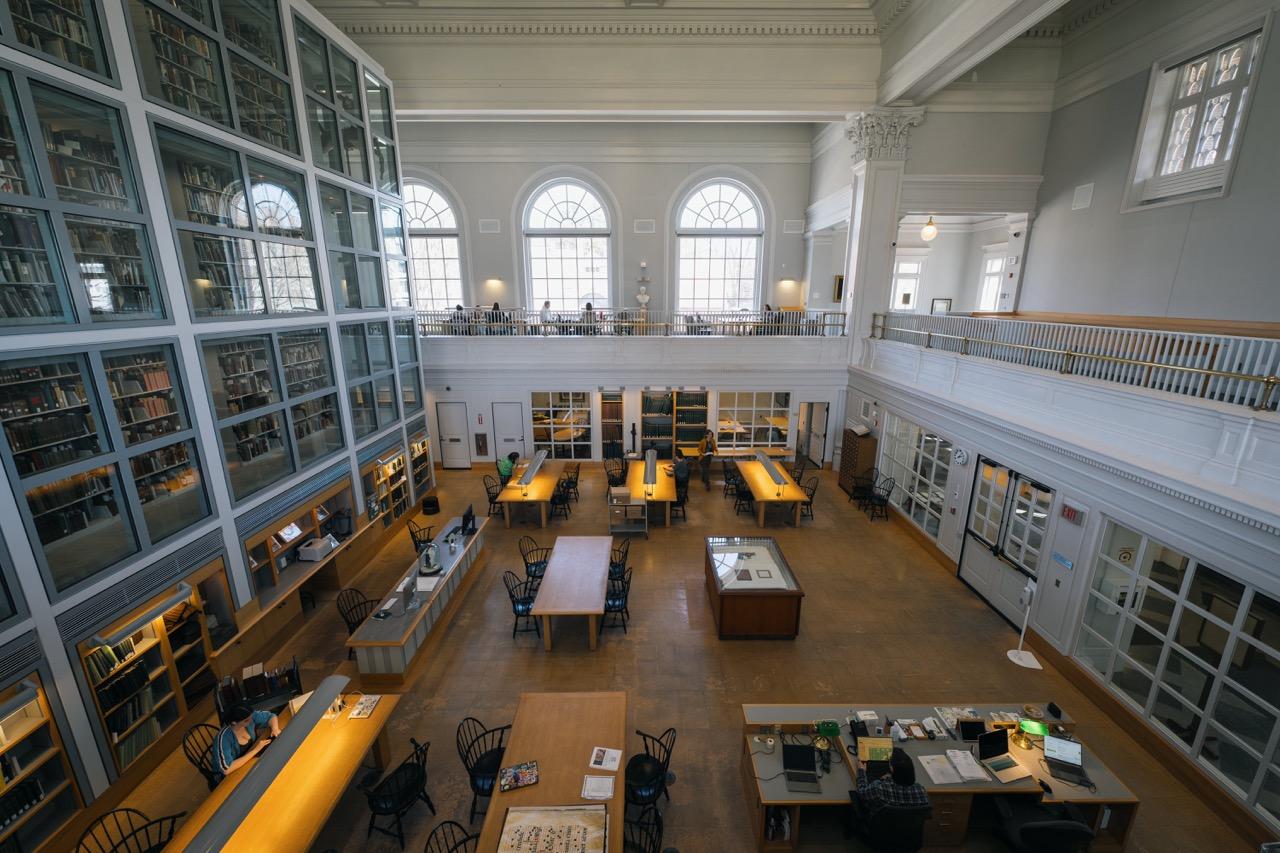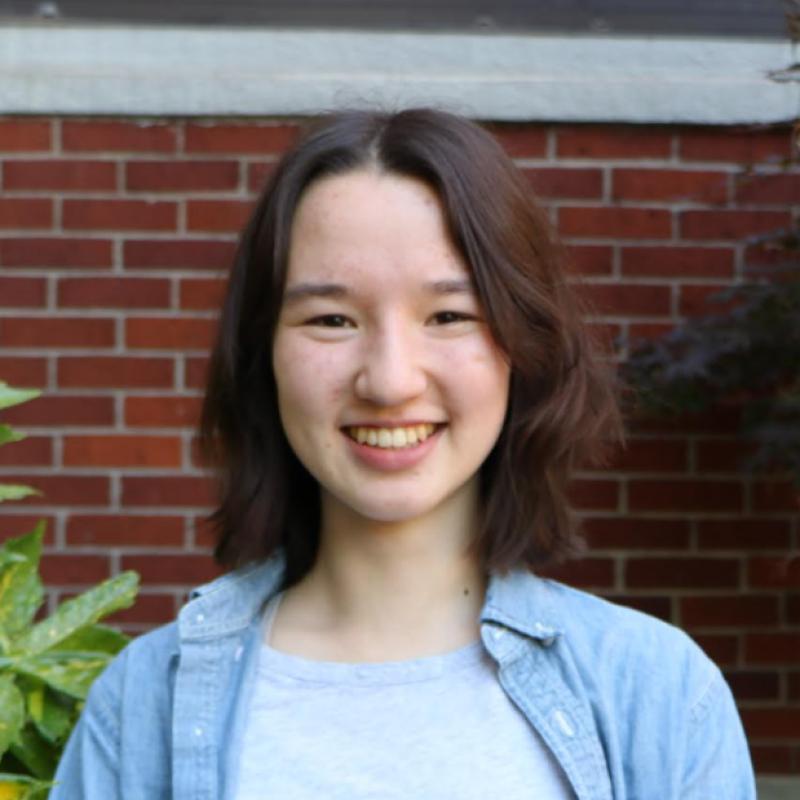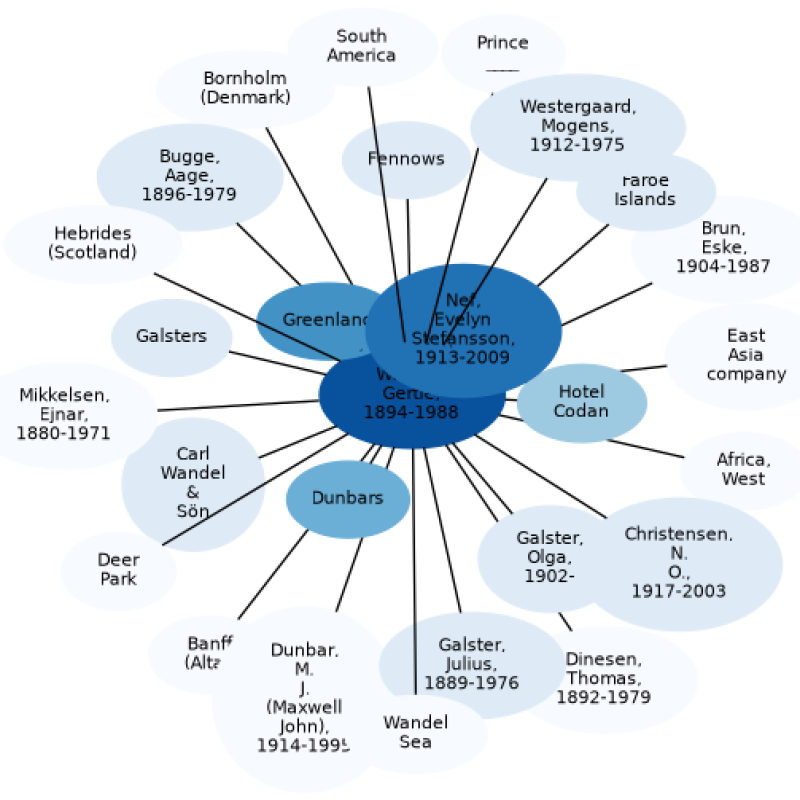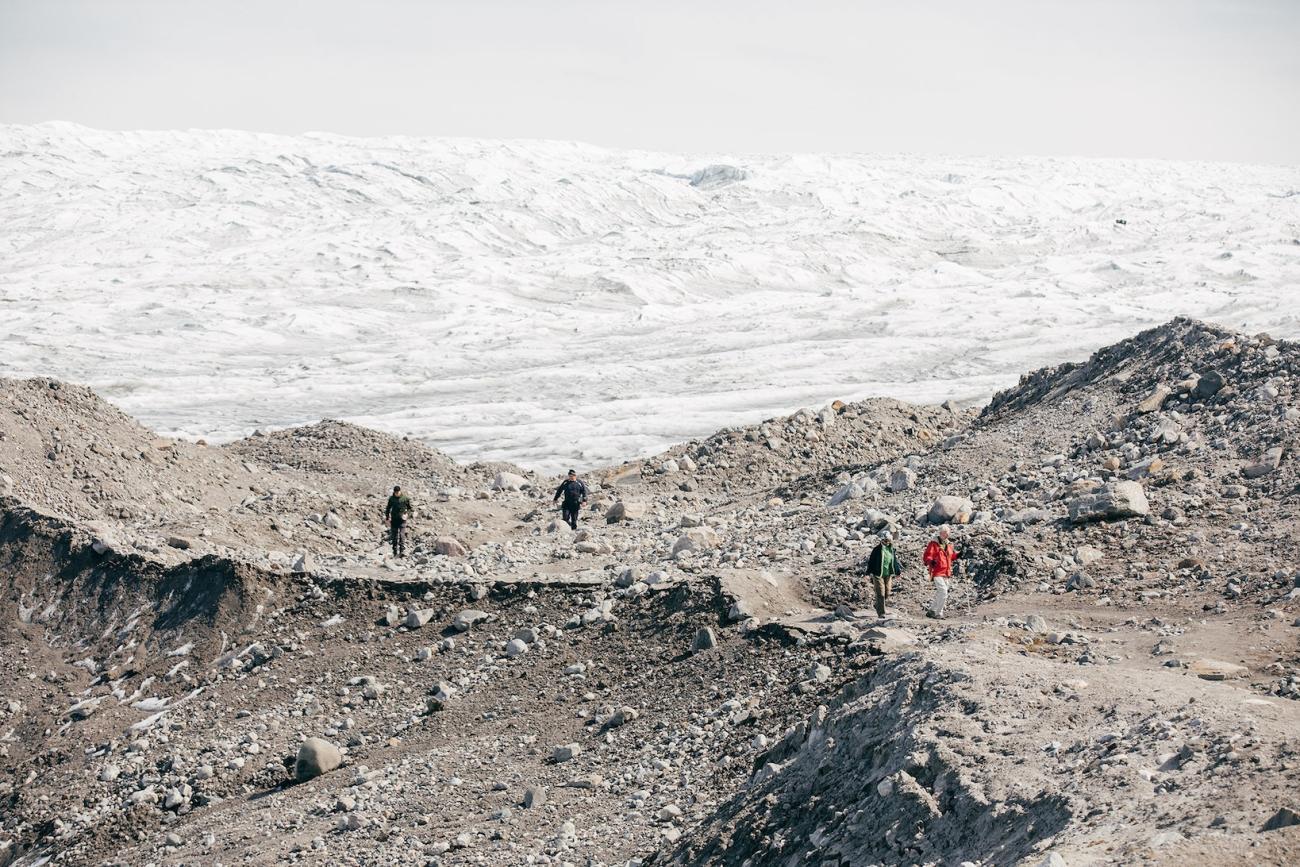The Stefanssons unpack their "polar library" collection at Dartmouth
Expanding Global Access to Dartmouth’s Arctic Collection
In December 1951, Evelyn and Vilhjalmur Stefansson made their way to Dartmouth with three railroad car-sized trucks containing a vast “polar library” in tow. Soon after establishing the Northern and Polar Studies Program at Dartmouth and adding the Arctic collection to Baker Library, Dartmouth sponsored the Stefanssons' travels to Greenland to collect as much material about Greenland and by Greenlandic authors as possible. What they amassed, in partnership with Greenland administrators and Denmark, would become valuable research and teaching material still used to this day.
During their Greenland travels, Evelyn and Vilhjalmur kept extensive notes and diaries, documenting people met and places visited. In one of Vilhjalmur's entries, he writes how Eske Brun, Chief of the Greenland Administration of the Danish government, promised to send Baker Library one copy of everything “printed or mimeographed by any agency of the government for general distribution in Greenland.” After their travels, what they collected, and their personal notes, were filed in the ever-growing “polar library” at Dartmouth.



